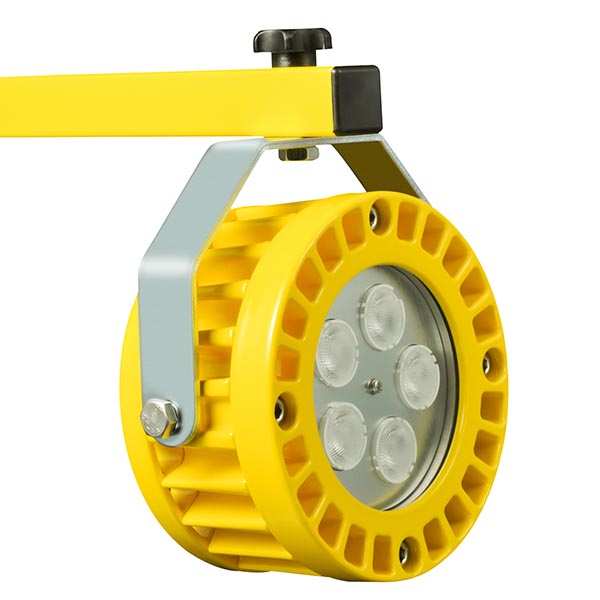-
 13316809242/15816897019
13316809242/15816897019
-
 59911926@qq.com/sales@goldenfuturehk.com
59911926@qq.com/sales@goldenfuturehk.com
 13316809242/15816897019
13316809242/15816897019
 59911926@qq.com/sales@goldenfuturehk.com
59911926@qq.com/sales@goldenfuturehk.com
Time:2018-11-07 Views:0
Design of explosion-proof lamps (hereinafter referred to as lamps)
Basic requirements for designing explosion-proof luminaires:
a. The place of use, use, illumination, and service life of the lamp;
b. rated voltage, frequency and power of the lamp;
c. Select the cable according to the rated working current of the lamp, and design the outlet of the lamp;
d. Design the luminaire according to the light source (considering the clearance and creepage distance requirements);
e. The solid insulating material of the luminaire is resistant to tracking;
f. Fluorescent lamp design, the distance between the lamp tube and the transparent cover needs to be ≥5mm;
g. The distance between the light source of other lamps and the transparent cover shall comply with the requirements of Table 3;
h. The highest surface temperature of the internal light source < ignition test temperature 50K;
I. The temperature of the edge of the lamp cap and the welded portion of the bulb is <195 ° C;

j. Emergency conversion of lamps, emergency time ≥ 90min (can be negotiated according to the situation);
k. Protective mesh of explosion-proof lamp <2500mm2
l. The transparent part should be able to withstand the thermal fusion test;
m. Transparent parts should be able to withstand mechanical impact tests. (4J/ unprotected net, 2J/with protective net)
n. The design of the lamp housing must consider the heat dissipation conditions of the light source to maximize the light decay time.
o. The lamp housing material depends on the working environment of the explosion-proof product and the explosion-proof type.
p. When using a screw base:
- the contact at the bottom of the base passes through an elastic or spring contact surface having a force of at least 15 N, and
- Passing the base through at least 2 threads or one or more spring members having a total contact force of at least 30N.

